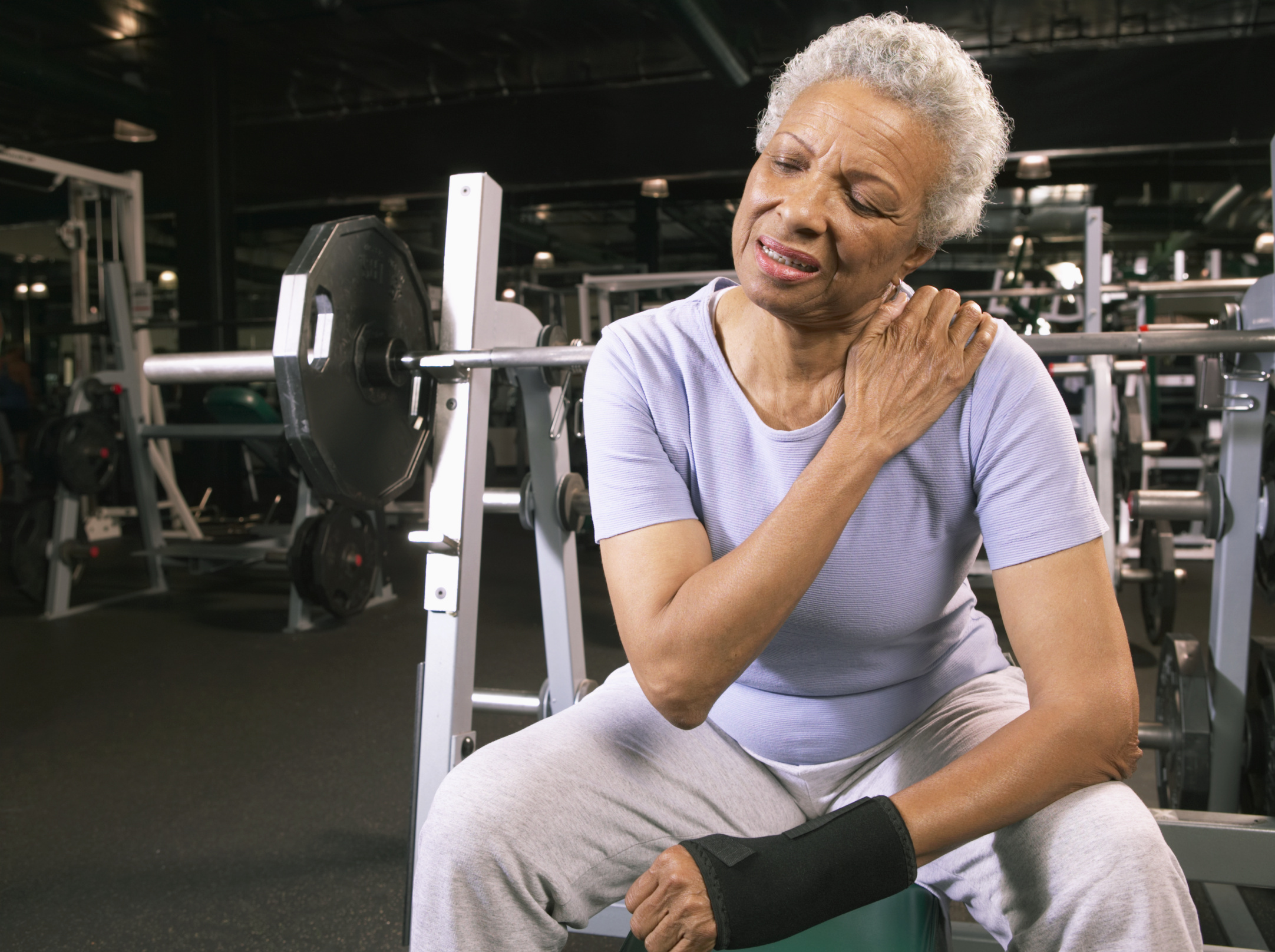
Rotator cuff tears are common, and recovery can take a long time. But do all rotator cuff tears need to be surgically repaired? After reviewing 137 studies on the outcomes of rotator cuff treatments, the Agency for Healthcare Research and Quality, a division of the federal Department of Health and Human Services, said no. The rotator cuff is a complex of four muscles and the tendons that attach them to the three bones of the shoulder joint and keep it stable. Tears in any of the tendons or muscles can cause pain, weakness and limited range of motion.
Rotator cuff tears are categorized by their severity. Full-thickness tears extend from the top to the bottom of a rotator cuff muscle and tendon. Partial-thickness tears affect a portion of a rotator cuff muscle and tendon but do not extend all the way through. Tears can develop in two ways.
- Acute tears produce immediate pain. They are usually caused by falling on an outstretched arm, walking a dog that strains on the leash or lifting a heavy object. Young people are at highest risk for acute tears.
- Chronic tears are slower to develop. They are caused by overuse and are more common in older adults and athletes.
The pain and weakness of a chronic tear develop when the rotator cuff is damaged by repetitive motions—such as throwing a baseball or performing painting and carpentry work—where the arms are repeatedly held above the head. Ignoring a chronic tear only makes it worse. Although about half of all rotator cuff injuries respond to rest, physical therapy exercises and medication, it can be difficult to determine which injuries will eventually need surgery. Discuss the benefits and drawbacks of both surgical and nonsurgical treatment with your physician and with us. If you require surgery, we can design an appropriate program to rehabilitate your rotator cuff after the operation. In many cases, physical therapy can restore range of motion, improve coordination, strengthen the rotator cuff muscles, speed up healing and avoid permanent damage. Whatever the treatment you elect, committing to an exercise program can help you return to your former activity level, feeling better than ever.
